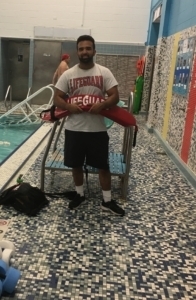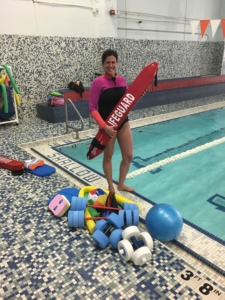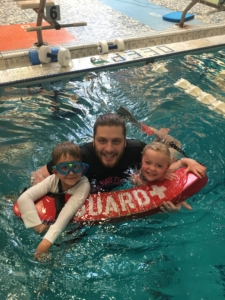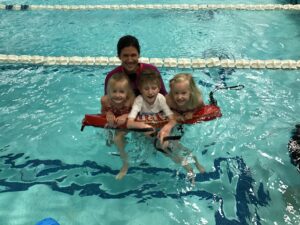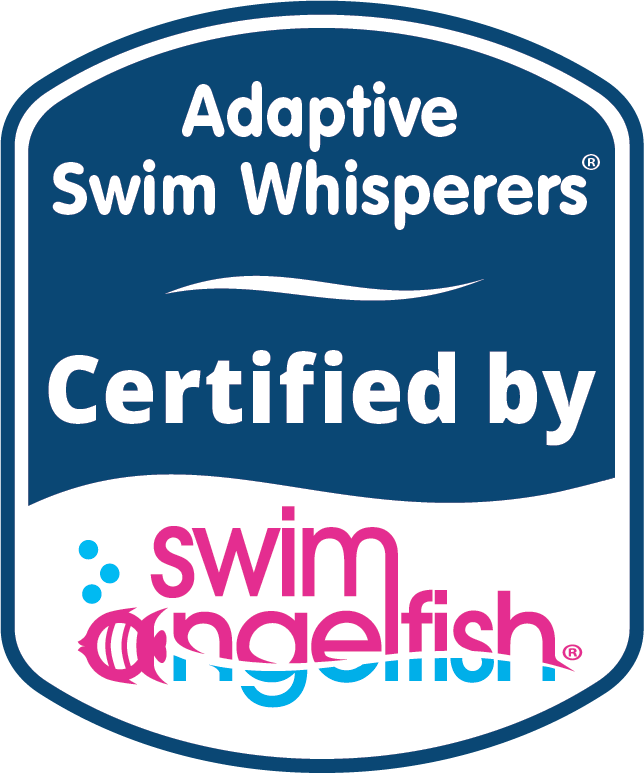Drowning is the leading cause of death for children with Autism.
Unfortunately, part of the reason for an unsuccessful save for a child with autism comes from one of the roadblocks that we’ve identified in our training program: “I CAN’T TOUCH THAT“. This roadblock can be recognized in the following ways:
• Swimmer can’t tolerate being touched
• Won’t touch equipment
• Hold firmly or touch lightly?
• Grabbing or Pushing Other Swimmers
As you may know, children with autism may have an aversion to certain new textures. It is important to spend some time at home and with your swim instructor to ensure that all rescue equipment is familiar to your child. Here are three tips for familiarizing your child with rescue equipment and pool safety.
- Teach your child about lifeguards and turn it into a social story.
- “When we go to the pool, a lifeguard watches as we swim to make sure we are safe. A lifeguard holds a red or orange rescue tube. Lifeguards will wear a whistle. If the lifeguard blows the whistle, we must stop and look at the lifeguard for instructions”
- “The lifeguard might try to talk to you. It is important to listen when a lifeguard tells you to not run.”
- When you arrive at the pool, show your child where the lifeguard is sitting. You may introduce your child to the lifeguard and let them know that your child is on the Autism Spectrum and might not understand language such as “hold your horses” or “look before you jump” instead of “walk please” or “you must not jump onto swimmers”. Ask them to use short and concise language with your child.
- Work with your child’s swim instructor within a lesson to familiarize with rescue equipment:
- Practice rescue drills with a lifeguard tube. (See videos below).
- Role play with your child and discuss how your child should “reach or throw, don’t go” if they were to see another swimmer in distress.
There are many underlying reasons that this alarming statistic has come to be. In an effort to increase successful saves, Swim Angelfish is working to reduce this statistic. Ask your child’s swim instructor to become Swim Angelfish Certified to help your child learn to swim faster and with less discomfort than traditional methods.

